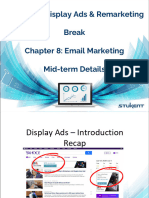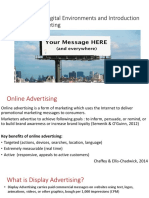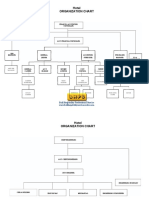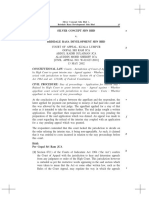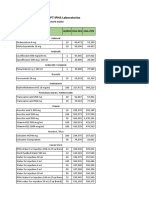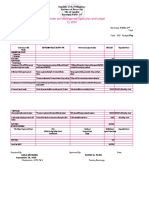0% found this document useful (0 votes)
68 views10 pagesUnit 4 Display Ad
Display ads are online advertisements that combine text, images, and URLs to promote products or services, with various formats including static and animated ads. They can be personalized through remarketing, audience segmentation, and contextually targeted placements, and are often used to enhance brand awareness and engagement. Digital marketing reports are essential for tracking the effectiveness of these campaigns, helping businesses create data-driven strategies, drive leads, and optimize for better ROI.
Uploaded by
YogCopyright
© © All Rights Reserved
We take content rights seriously. If you suspect this is your content, claim it here.
Available Formats
Download as PDF, TXT or read online on Scribd
0% found this document useful (0 votes)
68 views10 pagesUnit 4 Display Ad
Display ads are online advertisements that combine text, images, and URLs to promote products or services, with various formats including static and animated ads. They can be personalized through remarketing, audience segmentation, and contextually targeted placements, and are often used to enhance brand awareness and engagement. Digital marketing reports are essential for tracking the effectiveness of these campaigns, helping businesses create data-driven strategies, drive leads, and optimize for better ROI.
Uploaded by
YogCopyright
© © All Rights Reserved
We take content rights seriously. If you suspect this is your content, claim it here.
Available Formats
Download as PDF, TXT or read online on Scribd
/ 10


